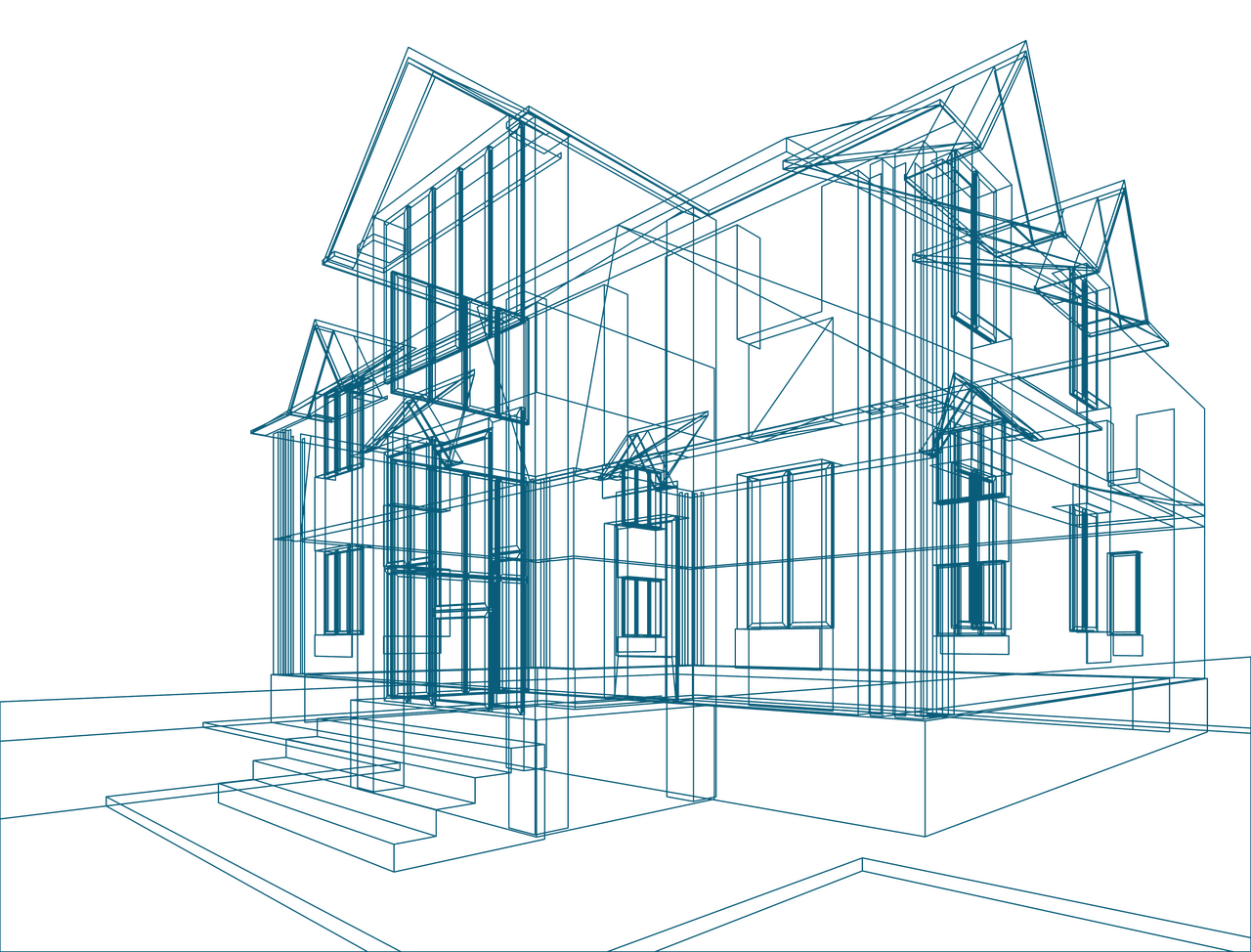

Market report
Contractor Insights & Market Performance
The Contractor Monitor provides in-depth research on how European contractors evaluate brands, product quality, and service, impacting satisfaction and loyalty.
Blogs I published 28 May 2025 I Dirk Hoogenboom
Construction sustainability market outlook: a Pause or a Pivot?
Anyone in the built environment will tell you sustainable construction isn’t a new conversation. Open any tender or spec sheet in 2025, you’ll no doubt find it still; still as talked about, still as valued as it has been for over a decade. But as of late, we’ve seen some clear turning points. Not those of a decline, but of hesitation and tone shifts.
The urgency of previous years has somewhat settled, investment is slowing, and decision-makers across Europe are more cautious. So looking at sustainability in the sector, where does it actually stand today? And what can be expected in the years ahead? Let’s take a look.
Baseline: Why Construction Needs Change
Before we talk diagnoses, let’s start at the beginning. Sustainability in construction doesn’t start at project completion – it starts from day one. And unfortunately, the industry’s baseline isn’t clean.
Construction was, and remains, a top emitter. High-temperature manufacturing of materials like concrete, steel and bricks contributes to a huge carbon footprint before the first wall even goes up. Once built, operational energy use – heating, cooling, lighting… – piles emissions on for decades. And at end-of-life? Most structures are demolished, not disassembled, so reuse is limited. Valuable resources (steel rebar, insulation panels, timber framing) are rarely reclaimed, concrete usually ends up in landfills or crushed into road bases… in other words, the situation is outdated – and thoroughly unsustainable.
Small Steps to Net-Zero
Almost a decade ago, the Paris Climate Agreement put sustainability on the global construction agenda. Have we since made progress? Yes. But not at the promised pace. Have designs been upgraded? Yes. But adoption has been slow. Have we regulated the shifts? Yes. But more remains to be done. In other words, we’ve seen quite the momentum in committing to a green take on the industry early on. Ten years down the line, that momentum is slipping. Mind you, not disappearing, but going through a structural overhaul. Why?
Crisis-Driven Change
There was a spike in sustainable attention around 2022, driven mostly by the war in Ukraine and skyrocketing gas and energy prices. Suddenly, the drive for sustainability was less about climate and more about energy independence. No matter the denominator, things shifted to alternatives. We adopted state-backed incentives to move away from fossil-based systems, creating a short-term surge in electric heating, renewables and energy retrofits.
A Fade in Urgency
As energy markets stabilized and gas bills shrank, so did the perceived urgency. Post-pandemic budget constraints limited public investment. Private developers, hit by high inflation and even higher interest rates, pulled back. By 2024, waiting for more favorable conditions resulted in builds across Europe dropping, especially in Germany and France.
The installation market, which had previously benefited from the rush toward electrification, saw a decline too. Fewer new projects, fewer retrofits and fewer incentives led to slowing adoption overall.
The Data For 2025?
Taking notes from the previous periods, 2025 finds itself in a more cautious state. Sustainability is still talked about, but execution is where things get slippery, mostly because willingness to invest has dropped.
From 2020 to 2024, the share of projects where sustainability was both requested and actually invested in dropped by 8%. Meanwhile, the asked for, but not invested share climbed from 31% to 40%. And the projects where sustainability isn’t asked for at all hold steady at around a telling quarter, indicating that demand is still there. But willingness to invest is expected to stay low. Simply put – this isn’t a change in belief, but a change in budgets.
Installers can back these stats up too. Belgium, France and the UK are seeing the steepest drops, while in the Netherlands, adoption has stabilized, but acceleration is missing.
Material and Technology Outlook
It’s not just about whether sustainability is strived for – it’s about what that actually means and how it’s done. Even among architects and contractors actively involved in sustainable construction, the use of advanced sustainability initiatives remains limited.
For example… only 10% of contractors and 8% of architects reported using material passports. Urban mining awareness is growing, but actual use is under 15%. There’s something to be said when over 50% of stakeholders report being actively involved in sustainable construction, but their use of advanced tools tracks low.
Top Sustainability Products in Use
- bio-based insulation (18%)
- solar panels (15%)
- recycled materials (14%)
- energy management systems (10%)
- CLT and renewable heat (9%)
Future Material Trends
- natural materials: +37%
- wood façades: +27%
- CLT/wood timber panels: +25%
- steel cladding and PUR/PIR insulation declining
- shift toward bio-based and wood-based systems
The message is clear: wood, natural fibres and circular alternatives are the future. Synthetic systems are heading out.

Why Is Growth Slowing Despite All This?
Financial Pressure
High borrowing costs, inflation and economic uncertainty are making developers and investors risk-averse.
Labor Shortages
Workforce gaps in every European country are making it harder to execute sustainable projects (which often require additional skills, coordination and time)
Regulatory Hesitation
While legislation is increasing, enforcement is uneven. Many builders still see sustainability compliance as optional and not in any way binding.
Looking Ahead: Where Sustainability Is Going
We’re in a holding pattern, not a reversal. So here’s what to expect.
2025: A Flat Year for Sustainability
- no major increase in willingness to pay
- installer activity in green systems (e.g., heat pumps) is dropping, despite long-term potential
- renovation market remains more active than new build
2026–2027: The Rebound
As the economic climate stabilizes and more legislation becomes enforceable, growth will pick up:
- EU-wide building performance directives will tighten
- public funding will most likely re-emerge
- the backlog of postponed projects will start to open up, especially with higher sustainability requirements built into projects
At that point, many contractors and installers won’t have a choice. If regulations demand sustainable systems, willingness to invest becomes an irrelevant factor. Meaning, legislation will carry things forward.
Conclusion
Sustainability in construction isn’t dead. It’s not even declining nor becoming irrelevant. It’s just waiting out the current market cycle. So for professionals in the value chain, the drop in investment shouldn’t be a signal to exit, but a signal to prepare. From architects to mechanical installers, the best position to hold now is really a strategic readiness.
When mandates return, and they will, those alreay aligned with new materials, circular design and installation requirements will be first in line for the work.
Want to stay ahead of the curve? Keep an eye on the market with us. We’ll keep bringing data that matters to the table. Check out our blogs, webinars and in-depth reports on the construction industry now.
Construction Consulting Services for You
We provide tailor-made market research and off-the-shelf reports, both B2B & B2C, qualitative and quantitative. Here are some you might be interested in
Monitor and improve client relationships to drive loyalty and repeat business in construction.
Map out key interactions and pain points to refine the overall construction experience.
Identify the aspects of service or product that most impact satisfaction in construction projects.





